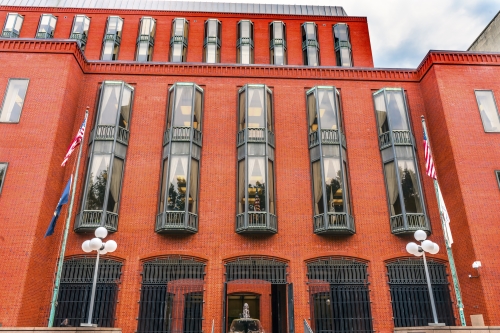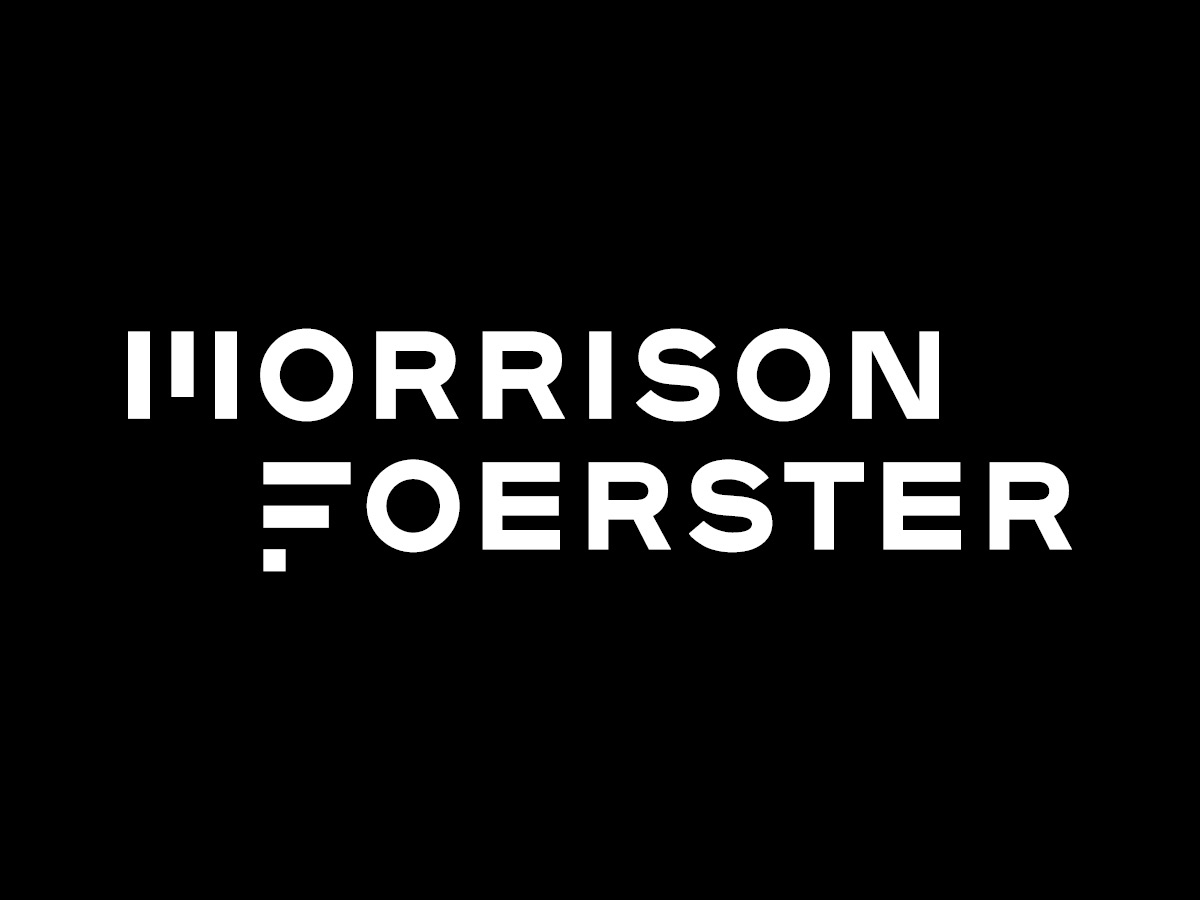Federal Circuit Vacates Invalidity Judgement Based on Collateral Estoppel from a Case Subsequently Vacated and Rebukes Plaintiff’s About-Face on Its Stipulated Claim Construction | Sheppard Mullin Richter & Hampton LLP
In Finjan LLC, FKA Finjan, Inc. v. SonicWall, Inc., No. 2022-1048 (Fed. Cir. Oct. 13, 2023), the Federal Circuit vacated a summary judgement of invalidity based on collateral estoppel, where the case that provided estoppel was subsequently vacated. The Federal Circuit also examined various arguments attempting to circumvent an agreed-upon claim construction as well as the district court’s application of that construction in finding non-infringement, and the propriety of excluding expert testimony that failed to analyze apportionment of sub-features of the accused products.
Background
Finjan asserted U.S. Patent Nos. 8,677,494 (“’494 patent”), 6,154,844 (“’844 patent”), 6,804,780 (“’780 patent”), and 7,613,926 (“’926 patent”) (together “Downloadable Patents”) and 8,225,408 (“’408 patent,” “ARB Patent”) in the Northern District of California, alleging that SonicWall infringed the patents based on its Gateway, Email Security (“ES”), and Capture Advanced Threat Protection (“ATP”) products. The district court granted SonicWall’s motion for summary judgment regarding invalidity of the ’844, ’780, and ’494 based on indefiniteness, due to collateral estoppel—the ’844 and ’780 patents had been found invalid for indefiniteness in a prior case Finjan brought against ESET, LLC in the Southern District of California. After the district court granted SonicWall’s summary judgment motion, in Finjan’s appeal of the indefiniteness finding in the ESET case, the Federal Circuit vacated and remanded the indefiniteness finding. Finjan LLC v. ESET, LLC, 51 F.4th 1377, 1378–79 (Fed. Cir. 2022). In addition to summary judgment of invalidity, the district court in Finjan’s case against SonicWall granted summary judgement of non-infringement for the Downloadable Patents based on the agreed construction of “downloadable” as “an executable application program, which is downloaded from a source computer and run on the destination computer” and Finjan’s failure to present evidence that SonicWall’s Gateway products ever reassembles packets into a final executable file format. The district court also found SonicWall did not infringe the ARB Patent because the district court agreed with SonicWall that the claimed steps must be performed on the same computer and there was no dispute that the Capture ATP products run on separate computers from the Gateway and ES products. The district court also excluded expert testimony related to apportionment in Finjan’s technical and damages reports. Finjan appealed.
Issue(s)
Whether collateral estoppel applies to a judgement of invalidity when the prior case has been vacated.
Whether receiving packets that contain a downloadable or portions thereof constitutes receiving a downloadable.
Whether claim limitations carried out “by the computer,” where “the computer” refers to a previous recitation of “by a computer,” can cover different steps performed by multiple computers.
Whether Finjan’s apportionment analysis was proper, when the Federal Circuit previously approved a purportedly mirrored analysis in Finjan, Inc. v. Blue Coat Systems, Inc., 879 F.3d 1299, 1312–13 (Fed. Cir. 2018).
Holding(s)
The Federal Circuit vacated the district’s court’s summary judgment ruling that the ’844, ’780, and ’494 patents are invalid based on collateral estoppel.
The Federal Circuit affirmed summary judgement of non-infringement of the Downloadable Patents.
The Federal Circuit affirmed summary judgement of non-infringement of the ARB Patent.
The Federal Circuit affirmed the district court’s exclusion of expert testimony relating to apportionment.
Reasoning
Collateral estoppel. The Federal Circuit. stated that it “cannot uphold applying collateral estoppel based on a vacated judgment,” citing 9th Circuit precedent as guidance.
Non-infringement of the Downloadable Patents. The district court’s finding flowed from the parties’ agreed-upon construction and parties are not permitted to raise claim construction arguments on appeal challenging a stipulated construction. Therefore, the Federal Circuit focused on whether the district court properly analyzed infringement under the agreed-upon construction. The Federal Circuit rejected Finjan’s arguments on appeal because the district court’s application of the agreed construction did not exclude preferred embodiments and comported with the claim language, including dependent claims, and specifications, and because Finjan’s arguments otherwise “failed to grapple with the parties’ agreed upon construction and testimony from Finjan’s own expert.” 2022-1048, Dkt 45 (slip op.) at 14. Ultimately, the Federal Circuit rejected Finjan’s various arguments because they failed to address the crux of the district court’s reasoning, which was based on the fact that an unassembled packet containing a downloadable is not executable. Therefore, the Federal Circuit affirmed.
Non-infringement of the ARB Patent. The Federal Circuit also affirmed the district court’s finding that because the ’408 patent’s claims recite a step performed by “a computer” and subsequent steps require performance by “the” computer, the claims “require the same computer to perform each of several subsequent claim limitations.” Id. at 20. The Federal Circuit likened the claims in this case to those in Salazar v. AT&T Mobility LLC, 64 F.4th 1311, 1317 (Fed. Cir. 2023) and Traxcell Techs., LLC v. Nokia Sols. & Networks Oy, 15 F.4th 1136, 1143–44 (Fed. Cir. 2021), where subsequent limitations required that the claim element forming antecedent basis be capable of performing each claimed function. The Federal Circuit noted no tension between the holdings in Salazar and Nokia and the cases Finjan cited—Baldwin Graphic Sys., Inc. v. Siebert, Inc., 512 F.3d 1338 (Fed. Cir. 2008) and 01 Communique Laboratory, Inc. v. LogMeIn, Inc., 687 F.3d 1292 (Fed. Cir. 2012)—because Baldwin and Communique did “not address[] whether the use of a definite article to refer to the initial antecedent phrase requires the same component to perform the later limitation.” The Federal Circuit also noted that Finjan did not challenge the district court’s reasons for denying Finjan’s motion for reconsideration of the summary judgement of non-infringement of the ARB Patent: that Finjan did not show that a single computer satisfies the relevant limitations with its argument that the accused products together operate “as unified computer systems”; and that Finjan did not show a manifest failure of the district court to consider Finjan’s legal arguments.
Exclusion of expert testimony. The Federal Circuit found that the district court did not abuse its discretion in excluding Finjan’s expert’s apportionment analysis where the expert failed to consider how SonicWall’s customers derived value solely from the sub-features of the accused products allegedly covered by the ARB Patent,” or to non-accused or non-patented functions of the accused products. The Federal Circuit agreed that Finjan’s expert fatally failed to carefully tie his analysis to allegedly infringing features and to exclude value attributable to unpatented features. Finjan’s reliance on Blue Coat was misplaced because the Federal Circuit “held [in Blue Coat]—as [it did] here—that Finjan’s expert failed to apportion the value of unpatented elements from patented elements.” Blue Coat is distinguishable because (1) the issue in Blue Coat was whether a jury’s damages award was supported by substantial evidence, rather than a district court’s abuse of discretion for striking expert testimony pre-trial, which is the issue here; and (2) Blue Coat, unlike the case here, did not involve sub-features. 2022-1048, Dkt 45 at 23.






